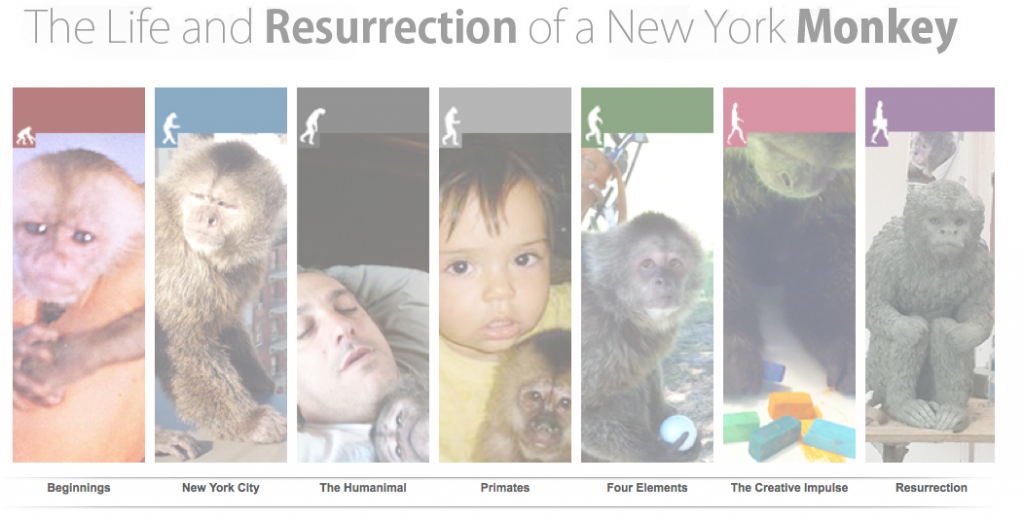Knowing more of what I am starting to know, a lone wolf is not a romantic beast. His or her status is a walkabout, but when you walk a territory mainly devoid of potential companion alliances, what is your world like? My heart hurts; I’m not even sure what my own loneliness feels like.
Gray Wolf (Canis lupus)
At this time, there is only one documented gray wolf living in the wild in California.
On Dec. 28, 2011 a 2 ½-year-old, male gray wolf entered California after traveling from northeast Oregon. Designated OR7, his behavior, called dispersal, is not atypical of a wolf his age.
Historically, wolves inhabited California, but were extirpated. Before OR7, the last confirmed wolf in California was here in 1924 and since then, investigated “sightings” have turned out to be coyotes, dogs, wolf-dog hybrids, etc. DFG wildlife managers anticipated that wolves would eventually enter California, and have been preparing for it.
- The State of California is not intentionally reintroducing wolves.
- Gray wolves pose little direct risk to humans.
- Any wolf that enters California is protected as endangered under the federal Endangered Species Act.
DFG provides these maps to show the route that Wolf OR 7 has traveled since his entry into California. The maps will be updated periodically as additional data becomes available. However, there will be an intentional delay in posting new map information to protect the current location of this wolf. This wolf’s movement pattern, in terms of timing, direction and distance has so far been unpredictable. Therefore the maps will provide useful information on where he has been recently, but not where he is now.
- Map of OR7’s path in California (PDF)
This map contains data through July 10, 2012Since July 10, OR7 has remained in the same general areas of Tehama, Plumas and Butte counties. When OR7 makes a significant move to other locations, DFG will update the map.- Updates on Gray Wolf OR7
This is a photo of OR10. Another grey wolf from the Northwest, When this link breaks you will know there is shifted interest or possibly no more interest from California Fish and Wildlife (info source). I decided not to download the picture in order to upload it in a state of frozen preservation but leave it where it lies.

Photo courtesy of Oregon Department of Fish and Wildlife.



